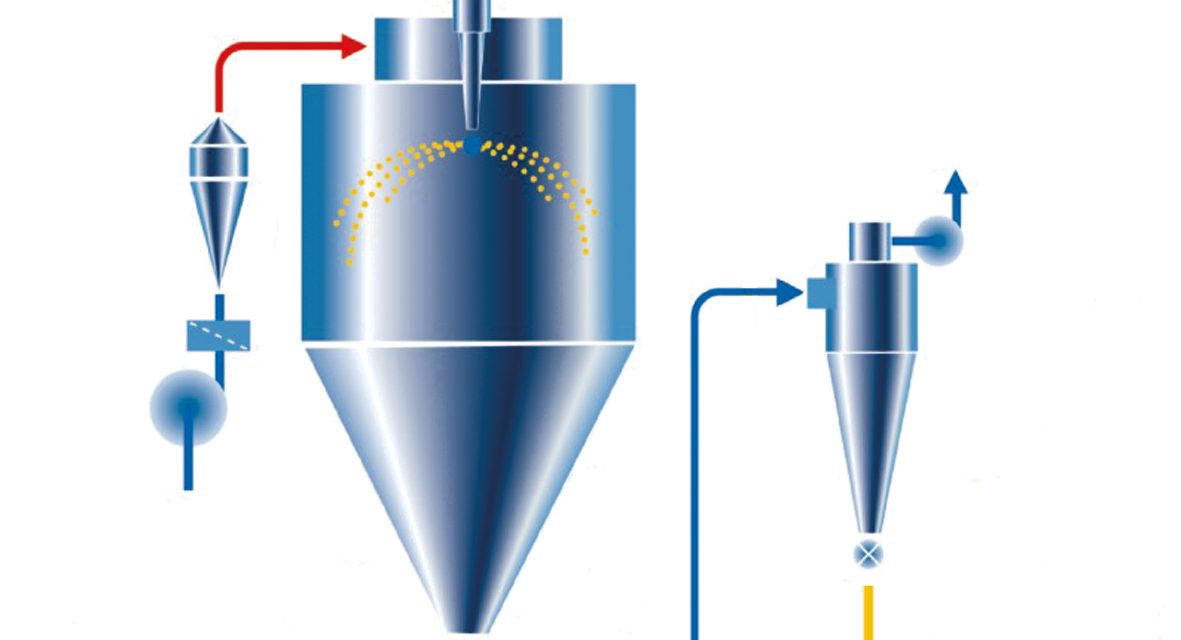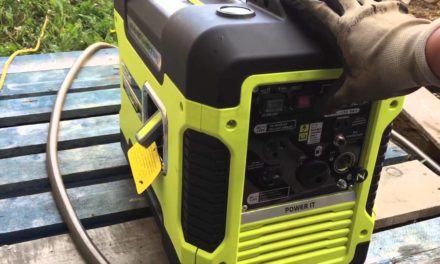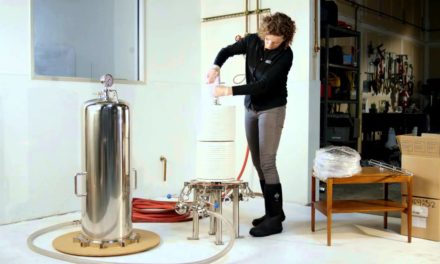
Spray Drying Process And Uses

There are quite a few items used in our daily lives that are consumed in a dust-free powder form. Starting from powdered milk right up to certain medicines, many products can’t withstand standard dehydration processes and will need specialized procedures to be converted to powder forms. A specialized procedure as such is called spray drying. Before understanding the uses of this process, we should get to know what it is in detail.
The process basically involves subjecting a liquid or slurry to hot dry gas that results in getting a powder that is relatively dust-free. Additionally, the compounds or elements in the source aren’t subjected to any kind of degradation. The process is used for obtaining powdered forms of thermally sensitive products such as foods and pharmaceuticals. Some industrial products such as catalysts are often produced by using this method because of the consistent particle size distribution that the method offers. Based on the product and its sensitivity to the gases used, normal air or inert gases might be used in the process. For example, ethanol and other oxygen-reactive products might be treated with hot nitrogen rather than air.
In all kinds of spray-dryers, some of the other kind of atomizer or spray nozzle is used to break the liquid or slurry into a controlled drop size spray. Single-fluid high-pressure swirl nozzles and rotary disk nozzles are the most common types of nozzles used. Broader particle size distribution can be achieved through atomizer wheels, but irrespective of that, in both methods, consistent particle size can be achieved. Drop sizes varying between 10 to 500 μm can be obtained by using a particular nozzle in a specific process. 100 to 200 μm diameter range is the most common particle size that is used.
Commonly single effect dryers are used where the source of the drying agent is at the top of the container. Co-current sprayers are used to dry liquids, but they can often result in a powder that contains a lot of dust. Multipoint dryers can use nozzles at the top and bottom of the containers, where smaller particles that categorize as dust can clump together and be separated, resulting in a free-flowing powder with a particle size ranging from 100-300 micrometers.
It isn’t necessary that one cycle of the dryers can produce the desired result for some products. In such cases, the process can be repeated for many cycles until the desired particle size is obtained. This type of drying process can mainly be used for applications in the food industry where coffee, milk powder, tea, eggs, cereal, spices, flavorings, starch and starch derivatives, vitamins, enzymes, food colorings, animal feed are required. In the pharmaceutical industries, the process can be used for making antibiotics, medical ingredients and additives. Industrial uses of spray dryers involve the production of paint pigments, ceramic materials, catalyst supports and microalgae among others.
Spray dryers can be cost-effective or cost-intensive based upon the method that they use for creating the final products.











